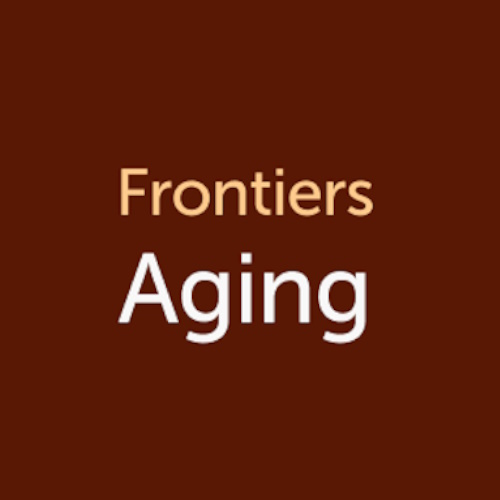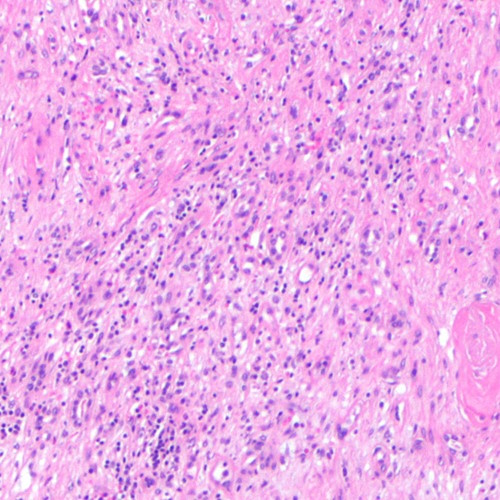Ageing is an inevitable process that every individual experiences. However, how we age varies significantly due to a complex interplay of genetic, environmental, dietary, and lifestyle factors. While some people age gracefully without significant health issues, others may develop frailty—a condition characterised by a loss of physiological reserve and increased vulnerability to stressors. Recent advances in the field of metabolomics offer new insights into the biological processes underlying ageing and frailty, potentially paving the way for improved diagnostics and therapies.
What is Frailty?
Frailty is more than just the result of getting older. It represents a state where the body’s resilience diminishes, leading to a higher risk of adverse health outcomes such as falls, disability, hospitalisation, and mortality. Frailty manifests as a decline in multiple systems, including muscle strength, energy, balance, cognitive function, and immune response. While frailty is commonly associated with ageing, not all older adults will develop this condition. Its onset and progression can be influenced by factors such as socioeconomic status, lifestyle, and underlying health conditions.
Complexity of Ageing
Human ageing is a multifaceted process influenced by various biological, environmental, and lifestyle factors. In the last two decades, the introduction of "-omics" technologies—genomics, proteomics, and more recently, metabolomics—has revolutionised the study of aging and human disease. Metabolomics, in particular, focuses on the comprehensive characterisation of small-molecule metabolites in biological systems, offering a snapshot of the metabolic state of an individual at a given time. This approach has enabled researchers to explore the intricate metabolic changes that occur during ageing and the development of frailty.
Metabolomics: A Window into the Ageing Process
Metabolomics is the study of metabolites—small molecules produced during metabolism. These metabolites serve as indicators of the biological processes happening within cells and tissues, reflecting the body’s response to genetic and environmental changes. By analysing these metabolites, scientists can gain insights into the biochemical pathways involved in ageing and the onset of frailty.
There are two main approaches to metabolomics: targeted and untargeted. Targeted metabolomics focuses on quantifying specific metabolites known to be involved in certain biological processes, while untargeted metabolomics provides a comprehensive profile of all metabolites present in a sample, potentially uncovering new biomarkers of disease or ageing.
Role of Inflammageing in Frailty
One of the key concepts in the study of ageing is "inflammageing," which refers to the chronic, low-grade inflammation that occurs as part of the ageing process. Inflammageing is associated with increased levels of pro-inflammatory cytokines and systemic markers of inflammation, such as C-reactive protein (CRP). This persistent inflammatory state contributes to the decline in immune function observed in older adults and is closely linked to the development of frailty.
The immune system plays a crucial role in maintaining health as we age. However, with age, immune function declines, leading to an increased susceptibility to infections and chronic diseases. This decline in immune function, combined with the chronic inflammation of inflammageing, accelerates the ageing process and the onset of frailty.
Oxidative Stress and Frailty
Another significant factor contributing to frailty is oxidative stress, a condition where the production of free radicals exceeds the body’s antioxidant defenses. Free radicals are highly reactive molecules that can damage cells and tissues, leading to a range of age-related conditions, including frailty.
Mitochondria, the energy-producing organelles in cells, are a major source of reactive oxygen species (ROS), a type of free radical. While ROS play a role in cell signaling and homeostasis, excessive ROS production can lead to oxidative stress and cellular damage. Over time, this oxidative damage accumulates, contributing to the decline in physiological function observed in frailty.
Metabolites as Biomarkers of Frailty
Metabolomics has identified several metabolites that could serve as biomarkers for frailty. For example, alterations in amino acid metabolism have been observed in frail individuals. Branched-chain amino acids (BCAAs), which are essential for muscle synthesis, are often found in lower concentrations in people with frailty. This finding aligns with the observation that frailty is often accompanied by sarcopenia, the loss of muscle mass and strength.
Lipids, another class of metabolites, also play a significant role in the ageing process. Changes in lipid metabolism have been associated with physical performance, with higher levels of certain fatty acids linked to weakness, slowness, and fatigue in older adults. Additionally, oxidative stress markers, such as decreased levels of antioxidants like glutathione, have been associated with increased frailty.
Impact of Chronic Diseases on Frailty
Chronic diseases such as diabetes, cardiovascular disease, and autoimmune disorders can accelerate the ageing process and increase the risk of frailty. For instance, individuals with rheumatoid arthritis (RA) often experience premature frailty due to systemic inflammation and altered metabolism. Metabolomic studies have shown that certain amino acids, including valine, leucine, and isoleucine, are consistently lower in people with RA and other chronic conditions, indicating increased muscle degradation and energy demands.
Potential of Metabolomics in Clinical Practice
The application of metabolomics in the study of ageing and frailty is still in its early stages, but the potential is vast. By identifying specific metabolic signatures associated with frailty, metabolomics could lead to the development of new diagnostic tools and therapeutic strategies. For example, early detection of frailty through metabolomic biomarkers could allow for timely interventions aimed at preventing or mitigating the condition.
Moreover, understanding the metabolic pathways involved in frailty could help identify new therapeutic targets. For instance, interventions that boost antioxidant levels or modulate lipid metabolism could potentially slow down the progression of frailty and improve the quality of life for older adults.
Conclusion
As the global population continues to age, the need for effective strategies to manage and prevent frailty becomes increasingly important. Metabolomics offers a promising avenue for understanding the complex biological processes that contribute to ageing and frailty. By identifying specific metabolic changes associated with frailty, researchers can develop new diagnostic and therapeutic approaches that could improve the health and longevity of older adults. While more research is needed, the insights gained from metabolomics have the potential to revolutionise the way we approach ageing and frailty in the future.
The study was led by Helen Louise Wright from University of Liverpool. It is is published in the journal Frontiers in Aging.







